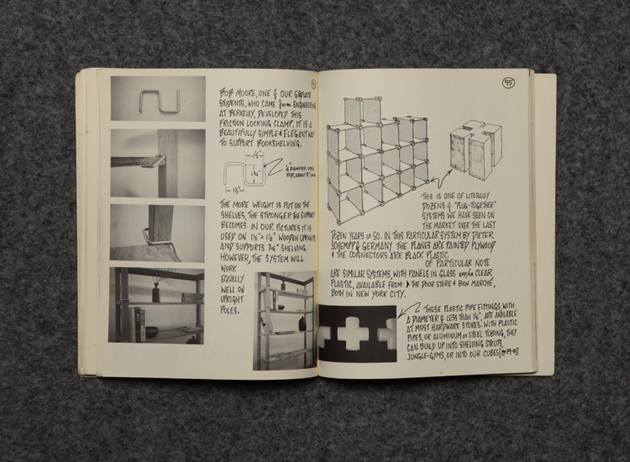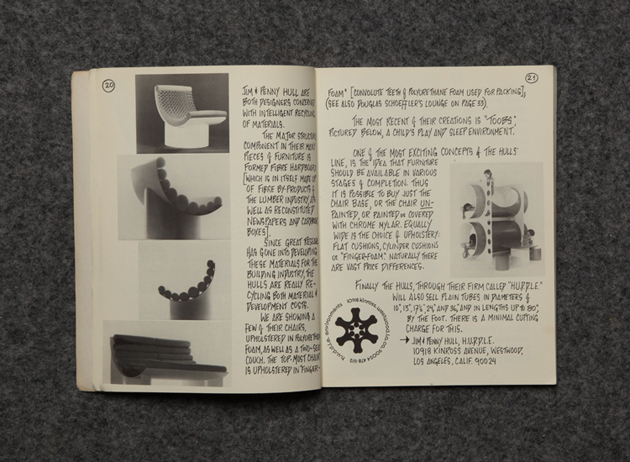History has taught us that the most radical thoughts and gestures are rarely met with approval when they emerge. It is time that gives them value and common appreciation. It should come as no surprise then, that when Victor Papanek first wrote “there are professions more harmful than industrial design, but only a few of them” in the introduction of his book Design for the real world, his ideas were not welcomed. He was, in fact, forced to resign from the Industrial Designers Society of America and his work was met with scepticism, if not publicly ridiculed. And yet, 15 years after he passed away, Victor Papanek is now celebrated as one of the most innovative, disruptive and radical design thinkers of all times, while his most celebrated books, Design for the Real World and Nomadic Furniture, still offer inspiration and thoughtful insight on design practice.
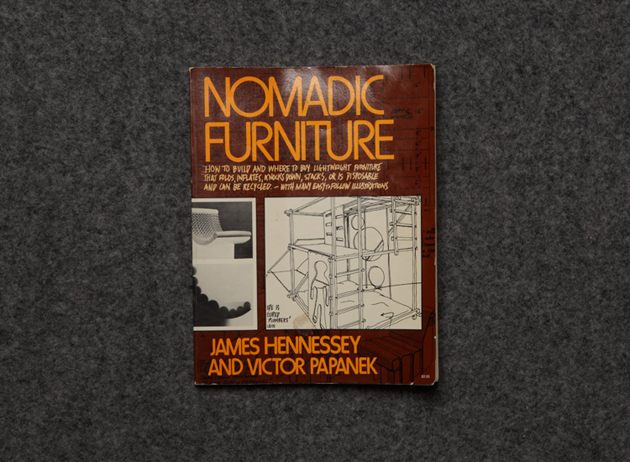
Nomadic Furniture was written together with James Henessey and first published in 1973. In the first edition the authors state “No book like this has ever been put together before”, apologizing, thus, for all that is missing. They also quote Gerturde Stein, quoting Picasso saying “when you make a thing, a thing that is new, it is so complicated making it that it is bound to be ugly. But those that make it after you, they don’t have to worry about making it. And they can make it pretty and so everybody can like it when the others make it after you…”, but we can now state that neither these two apologies seem necessary.
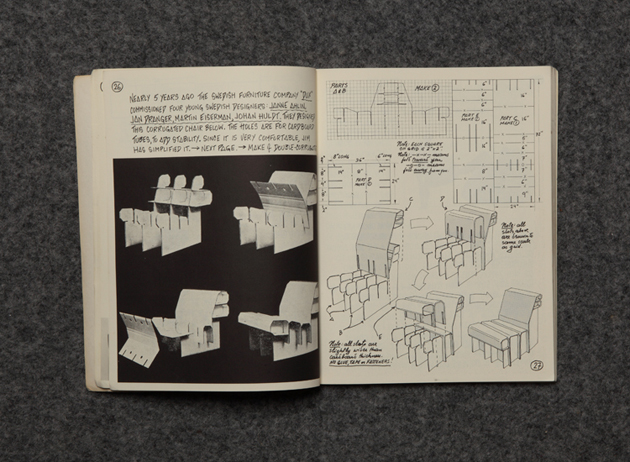
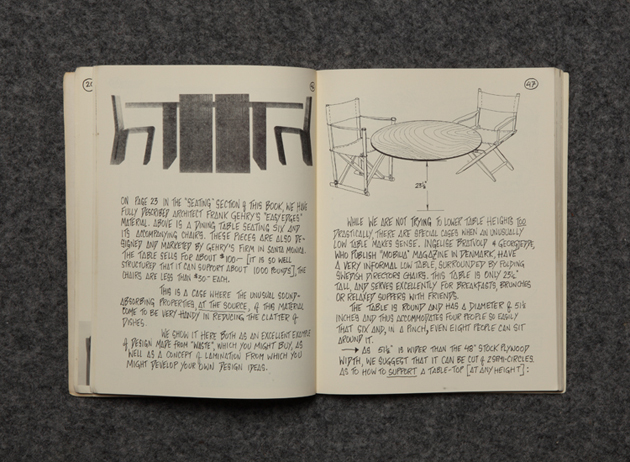
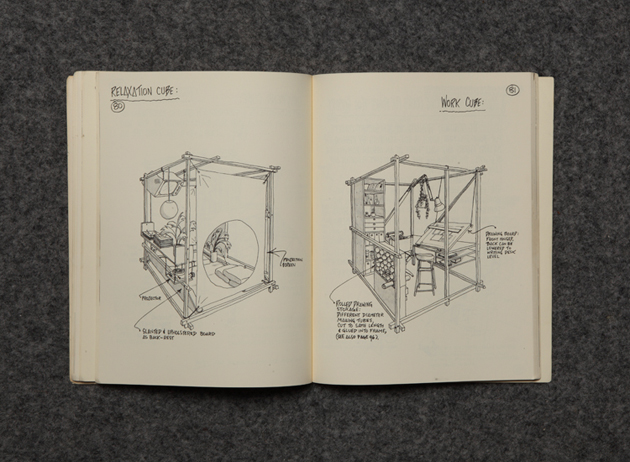
Nomadic Furniture appears as a simple book, containing a series of do-it-yourself designs for furniture which “folds, stacks, inflates or knocks down or else is disposable while being ecologically responsible”. It is structured in sections, each of which presents a series of solutions for different necessities: seating, eating and working, storage, sleeping, light, babies and children, together with two special sections on human measurements and hints for working. It is as simple as it is challenging when it teaches us the right proportions of a dining table, while also handing precious advice on how to reduce our possessions without cutting down anything we might actually need. It also gives us hints on how to make our own bean bag, while teaching us how to taste freedom. In fact, it is as much a practical design guidebook as it is a manifesto for a new way of life.
